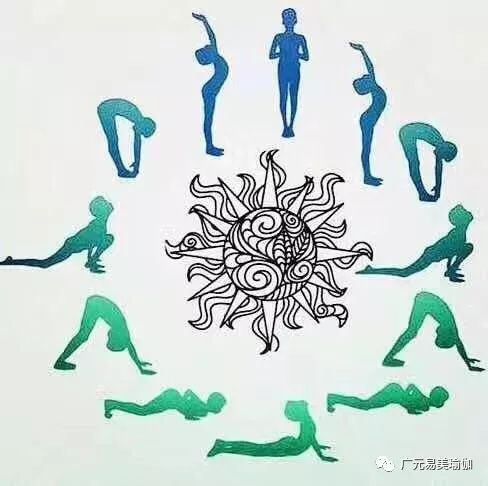Yoga originated from ancient India and is one of the six major philosophical schools in ancient India.

It explores the principle and method of “the unity of Brahma and self”.

What modern people call yoga is mainly a series of self-cultivation methods.

Yoga posture uses ancient and easy to master skills to improve people’s physical, psychological, emotional and spiritual abilities.

It is a kind of exercise method to achieve the harmony and unity of body, mind and spirit, including posture method of body adjustment, breathing method of breath adjustment and meditation method of heart adjustment, so as to achieve the unity of body and mind.

Yoga is a 5000 year old practice about body, mind and spirit.
It originated in India and aims to improve your body and mind.
Warning yoga, like other sports, will cause some harm to the body if you practice it incorrectly.
You should practice yoga under the guidance of professionals.
Avoid comparison as a practitioner, you should always follow the natural rules of yoga practice step by step and not compare with others.
At the beginning of practice, many people always think that yoga requires good flexibility.
When they see that other practitioners or coaches around them can do more stretching or more difficult movements than themselves, they will be eager for quick success and instant benefit.
In this way, they will often hurt their own joints and muscles because of worry, and the practice effect will be counterproductive.
There is also a link that can not be ignored in the whole practice process: warming up, that is, preparing for practice, or some simple yoga moves.
If this item is missing, it is likely to be injured or difficult to complete the movement.
For example, in the practice of strength yoga, it is easy to be nervous if you don’t prepare for the dog pose properly.
Once it cannot be supported, the joints will be strained, and the body will be easily damaged.
When practicing yoga under the guidance of professionals, if the practitioner first does not know his or her goals, his or her body, and most importantly, his or her limits, he or she will practice blindly during practice, which will inevitably increase the probability of injury…

